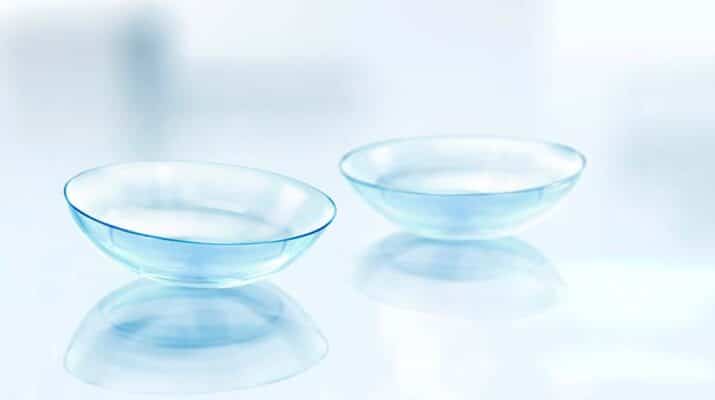By Deborah Jeanne Sergeant
Contact lenses offer sharp peripheral vision and freedom from wearing glasses all day. They have certain care and use rules that help those wearing them reduce risk of injury and increase comfort.
Avoid these mistakes when wearing contact lenses:
1. Handling lenses with dirty hands.
“Always wash your hands before putting them in or taking them out,” said Dana Mitchell, optometrist with Malara Eyecare & Eyewear Gallery in Liverpool. “Wearing contacts increases your risk of infection, so following the rules decreases the risk. Some infections can require eye drops to clear up.”
2. Using the same case for long periods of time.
“Dispose of your case every once in a while,” Mitchell said. “When you get new solution, change the case. Many manufacturers have a new case in every package of disinfecting solution.”
3. Wearing lenses beyond their scheduled disposal.
“Wear a one-day throwaway lens,” said John J. Maurillo, optometrist and owner of Village Visions in Skaneateles. “It’s the best you can do. There’s a half dozen manufacturers that make those. They breathe well and you can wear them all day without irritation and dryness. Some of the less expensive one-day disposable you can wear seven to 10 hours and your eyes start to feel dry.”
Otherwise, wear lenses for only the prescribed period of time and clean them according to the manufacturer’s instructions.
4. Sleeping in lenses.
“There is one that is allowable to sleep in a couple nights in a row and disinfect and wear the next day,” Maurillo said. “I’ve had a number of patients do that successfully. But I don’t push it. It’s better to take them out.”
5. Reusing disinfecting solution.
“Change the solution,” Maurillo said. “Dump it when you’re done with it. The efficacy decreases if you leave it in the case for using again. The disinfectant can break down. You put a lens with bacteria on it in your eye and the next thing you know, you have an infection.” After dumping the solution, allow the case to air-dry.
6. Using saliva to clean a lens.
“Your mouth is filled with bacteria,” said Mike Gzik, licensed optician and contact lens practitioner with New York Optometric in Syracuse. “People feel comfortable about it because it’s their own body’s saliva, but it’s not a good thing to do.”
7. Improperly Cleaning lenses.
“Debris build-up,” Gzik said. “You have to use a multi-purpose solution to clean them. Years back, manufacturers had their lens solutions approved for use as a ‘no-rub’ formulation. I thought it was great for marketing but not so much for research and development. How you’re supposed to take care of them with the no-rub solution is to rinse five seconds each side, then repeat that process in the morning. The implication is you take them out, put them in the case and don’t worry about them. They need to be rubbed for five seconds to remove surface debris, put it in a dry case, then put solution on top. In the morning, after cleaning them and putting them in, dry the case and invert it so the bad guys don’t get it.”
8. Wearing lenses too many hours a day.
“The materials are so oxygen permeable that going 16 to 18 hours a day is not a problem,” Gzik said. “But with close computer work, the blink rate decreases and the lens dehydrates and gets dirty quicker. It may need to be removed sooner.”
9. Swimming while wearing contacts.
“Especially if patients are wearing lens that they do not replace every day, this can cause problems,” said Mark Deeley, a primary care optometrist for Rochester Regional Health. “The microbes and bacteria in a pool, hot tub, lake and fresh water can cause an infectious ulcer. If you have your head submerged, the bacteria and microbes stick to the lens. Sometimes, multipurpose solutions can eradicate those from the lens. It would be better with a daily disposable. Or you could wear goggles.”
10. Skipping check-ups.
“Just because patients are seeing well and are comfortable in their lenses doesn’t mean the lenses are fitting appropriately, Deeley said. “People should go in for their contact lens exams to make sure their eyes are truly healthy.”

